Building your collection of landscape photography equipment can become somewhat of an obsession for many photographers. But when you pare it back to basics, you really don’t need to get that carried away. While there are certain aspects of landscape that do require certain gear, it can really be as simple or as complicated as you want it to be.
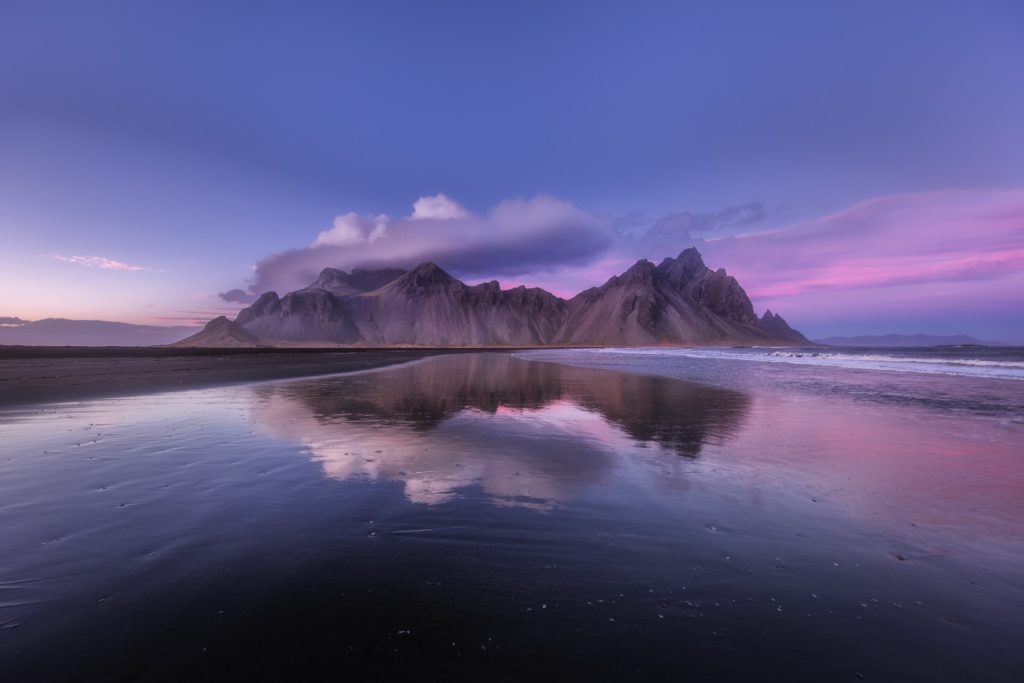
At its heart, good landscape shooting is more about technique than gear. Understanding composition and light will do a lot more for your photographs than rushing out to get the best equipment for landscape photography. With that said, some specific types of equipment will help with specific outcomes.
To capture a solid photo, you’re going to want a reasonable camera body, a wide angle lens and probably a solid tripod in your kit. After that you might like to start looking at filters and post-production software. These basically make up the core of most people's equipment for landscape and nature photography, though you can go even deeper if you want to.
Let’s break it down and dive into the specifics of these pieces of equipment for landscape photography bit by bit.
What is the Best Equipment For Landscape Photography
Landscape photography requires a specific set of gear but choosing the best equipment for landscape and nature photography purely depends on what the photographers’ needs are. Here are our suggestions when choosing gear or equipment for landscape photography.
1. The Best Camera Body
Most modern DSLRs or mirrorless cameras are capable of producing very solid landscape photographs. With that said most serious landscape photographers tend to look for specific characteristics in their camera bodies to add to their kit.
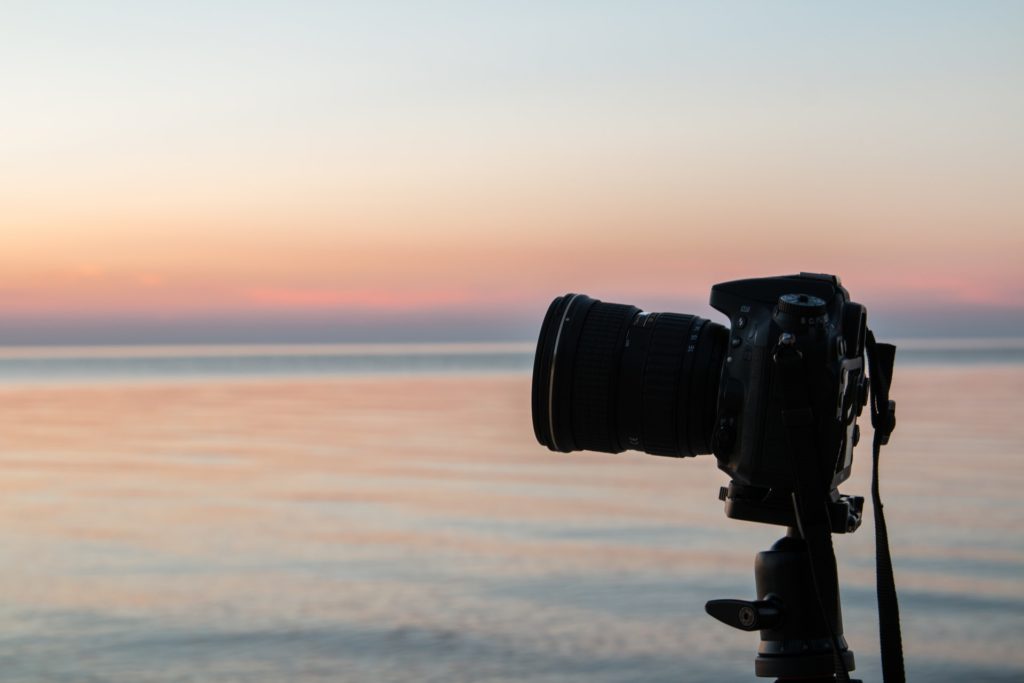
Factors To Consider When Purchasing A Camera For Landscape Photography
For starters, landscape photographers tend to prefer a full frame camera system over their cropped counterparts for taking landscape photos. That is not to say that cropped frame cameras cannot be great for landscape shots – they can, it’s just that a full frame system is still the preferred piece of kit for full time professionals. Often this has to do with the size of image that can be printed from the file it makes (which is also a reason that many photographers in this genre often go with medium format cameras).
Besides these, there are a few other factors that photographers need to consider when choosing the right camera for landscape and nature photography.
- After that, it comes down to elements such as the dynamic range a camera can produce. Landscape and nature photographers often prefer to have a camera with the widest possible dynamic range so they can capture a full gamut of tones from the highlights of the sky through to the shadows of rocks and woodlands.
- Battery life is also another consideration as you are not likely to be near a place to recharge in many cases. On this, DSLRs still hold the ascendancy over their mirrorless cousins, though a simple solution is to carry spare batteries.
- Weather proofing can also be considered as often the weather on outdoor shoots can be inclement. Protecting your kit becomes an issue on a shoot where the weather comes in. Rain and snow can be particularly challenging so good weather proofing on your camera body can be very handy.
- Weather sealed cameras are usually made of durable materials. So whatever type of camera you purchase, make sure that it is made up of materials that can withstand any accidents that may sometimes happen in landscape photography especially when you are shooting in difficult locations.
- Another thing that can be helpful for this type of photography is in-body image stabilization (IBIS) which is most useful if you tend to hand-hold your camera for your shots (not helpful for long exposures)
- A final consideration for your camera body is how many lenses it can be attached to. Some newer cameras still have a limited range, but as a landscape photographer you are going to want a wide selection of lenses available for all of the shooting situations common to the craft from wide angle through to telephoto.
Nikon, Canon, Sony, Leica?
I am loath to get involved in the great brand wars. No photographer who matters really cares what brand of equipment you shoot and they are all excellent options with their own strengths and very few weaknesses.
For this genre of photography, you could probably mount a case that for now, Nikon holds a very slight ascendancy with the D850 (among DSLR and Mirrorless systems of cameras), but its lead is so slim as to be almost meaningless in real world scenarios. That lead will almost certainly slim or disappear soon. And plenty of photographers would argue the point anyway.
In the medium format system, the same is true of the Fujifilm GFX 100. Do not get hung up on this though.
Any way you slice it, we are all shooting on cameras that masters like Ansel Adams could only dream of, so take your pick. It could even be an MFT system with a wide angle or telephoto lens depending on what you intend to shoot.
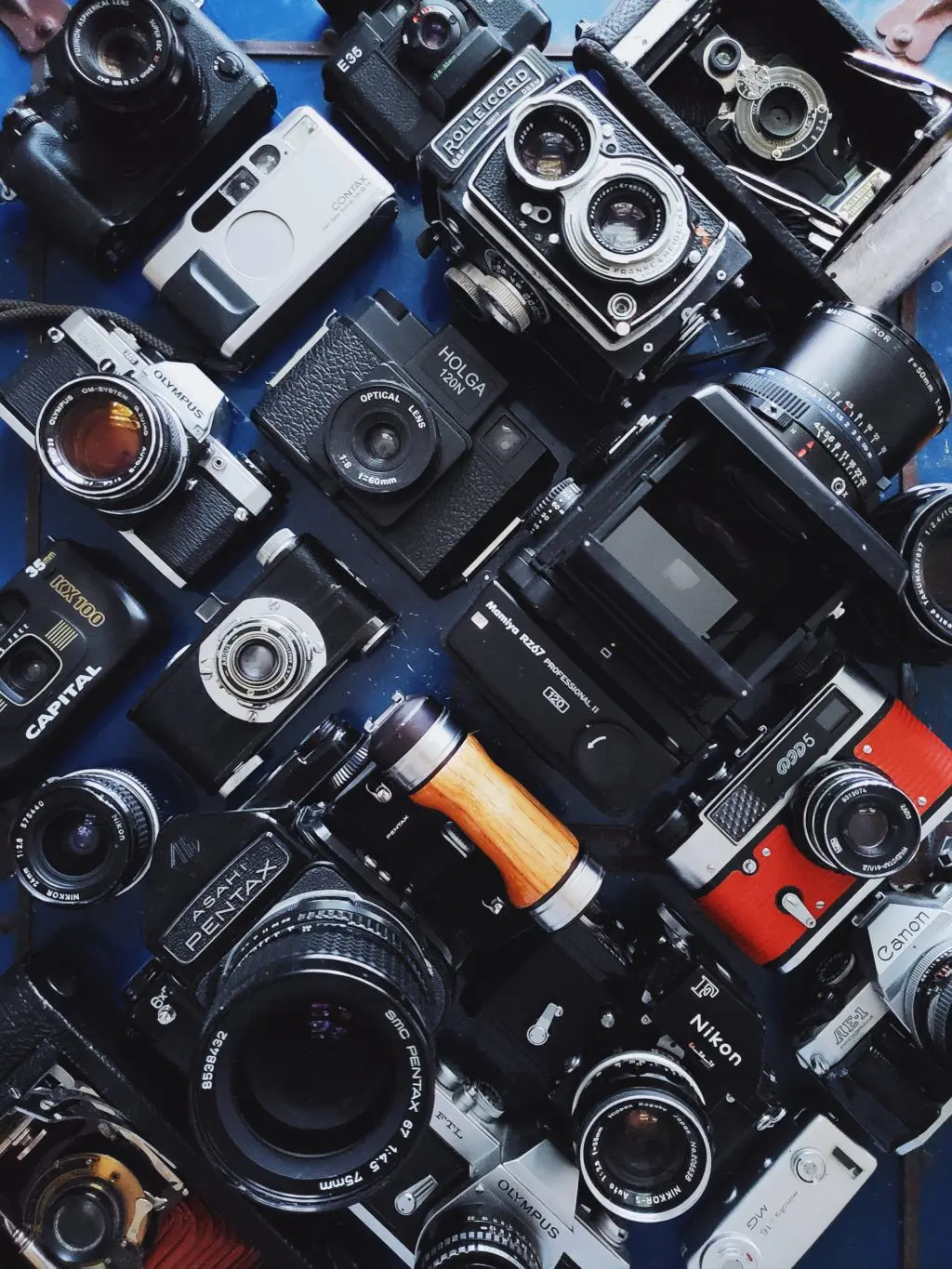
We will do a deeper dive on the best camera for landscape photography very soon.
2. The Best Lenses for Landscapes
Part of your gear collection for landscape photography will obviously be a nice lens, but the choice will depend on what and how you want to shoot. In most cases, landscape photographers prefer a wide angle lens as part of their kit, but there are also many scenarios in which a photographer will want to hone in on a scene making a longer focal length (including telephoto) very desirable.
Pros often carry both wide and telephoto lenses, but the choice of which lenses to buy comes down to the nature of your own photography. Let’s look at why.
Wide Angle Lens or Telephoto Lens?
Wide Angle Lenses:
Wide angle lenses (on a full frame camera) include focal lengths from about 14mm through to 28mm making them the best lenses for landscape photography. These are the classic lenses for the genre where you want to capture a good “overall” image of the whole scene. The 16-35mm lens can be a go-to lens for most landscape photographers.
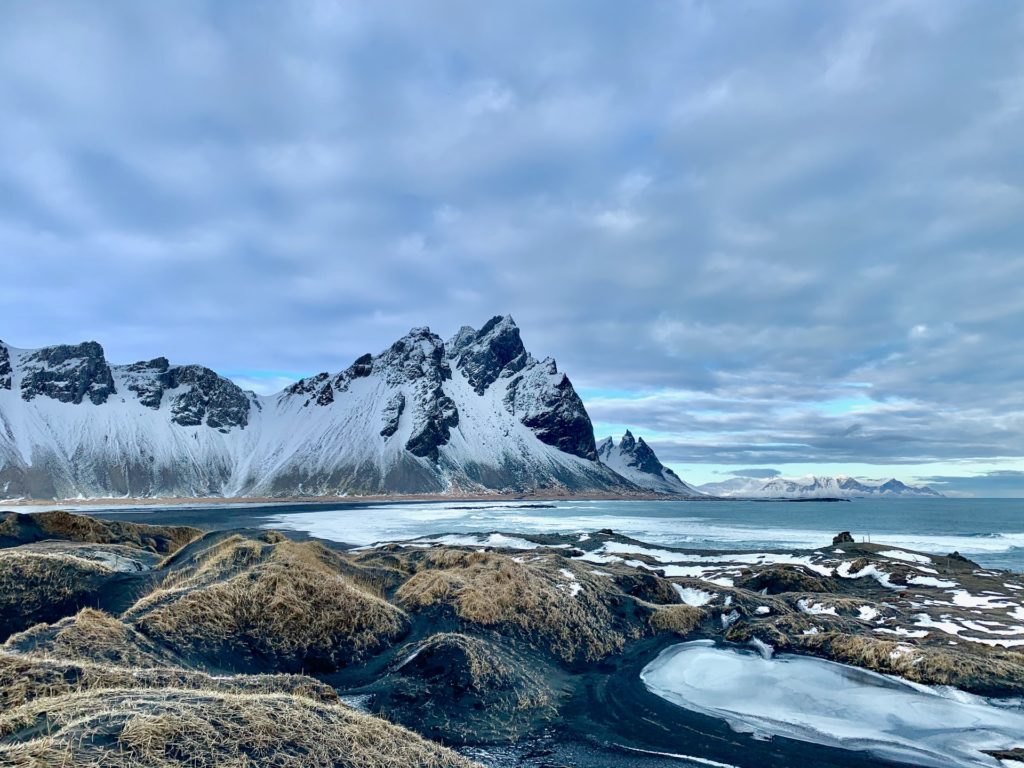
Wide angle lenses, depending on the focal length, tend to distort the scene a bit and make distant and taller elements in the scene appear smaller. This particular feature can be used to create landscapes and relations between the subjects the way you envision it. Varying focal lengths will portray subjects in a different scale in a landscape.
Telephoto Lenses
In situations where you wish to capture a part of the scene in nature, you will have to go with telephoto lenses for landscape photography, like 135mm up to 300mm which most landscape photographers forget to use. You could have a zoom lens like the 70-200mm or the 70-300mm in your kit, so you have a range of focal lengths to work with.
Telephoto lenses change the perspective of a scene by compressing the scene and bringing objects closer together. You can bring emphasis to the layers and textures in the scene. So if you are focused on a particular part of a grand scene, use a telephoto lens like the 70-200mm to get the composition and perspective that you desire.
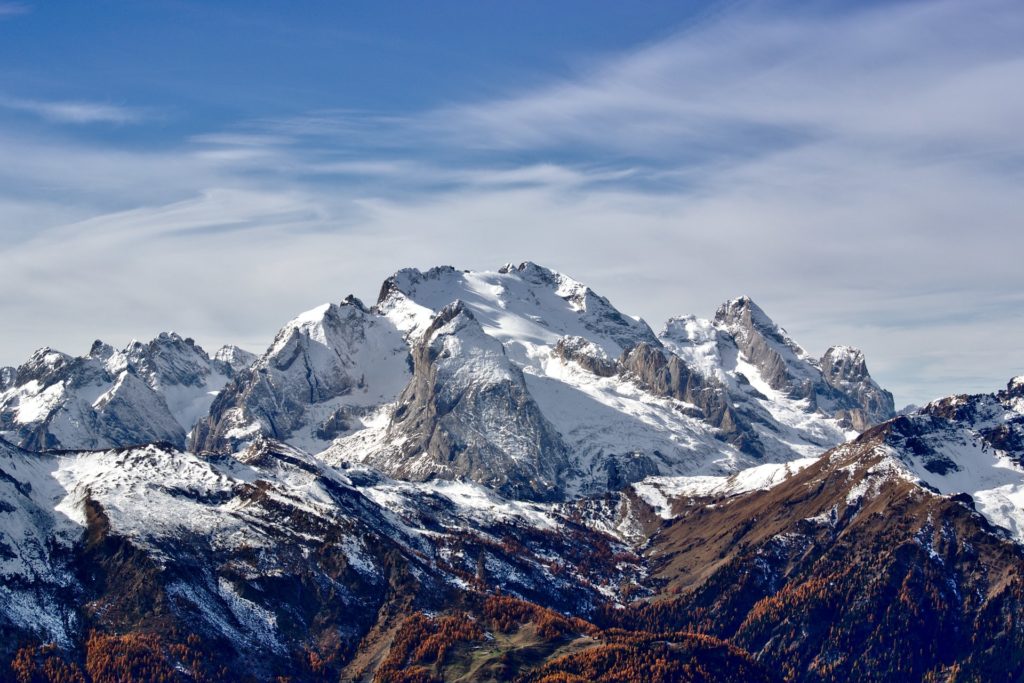
Choices about equipment for photographing landscapes can often come down to weight. The difference in weight, say between a 70-200mm f/4 and a 70-200mm f/2.8, is quite significant when you have to trek up a mountain with one. The latter might be better in low light, but is the weight trade-off worth it for your personal situation, say if you hike to get to your shooting spots? Also, landscape photographers very rarely shoot wide open, so only you can answer that one.
Prime Lenses vs Zoom Lenses
Both prime and zoom lenses are great for landscape and nature photography as long as you have a good lens that can produce neat images. Prime lenses can be fast and produce sharp images comparatively, but they are limited to a particular focal length and you will need to get closer to the scene or subject to get the right composition where possible.
With zoom lenses, you have the flexibility to play with various focal lengths and in situations where you are unable to move towards the scene (for example edges of cliffs, etc.), you can zoom in and compose. Remember, where possible, always move towards the scene and compose the shot because moving physically and zooming in will alter the perspective.
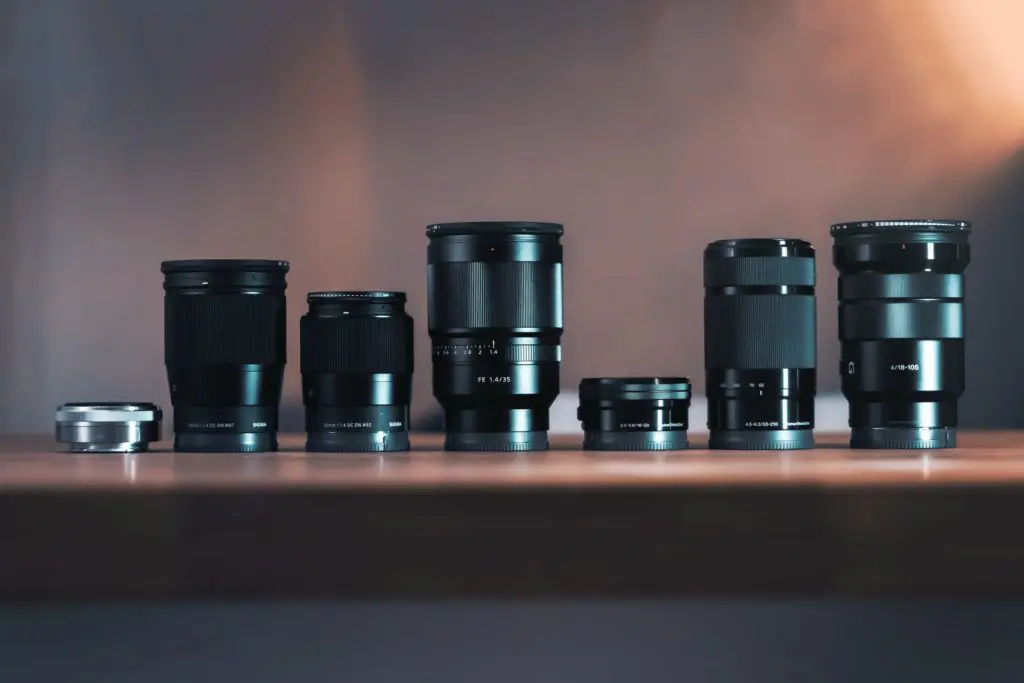
Lens choices are subjective and as discussed before, depends on what you need and what you’re comfortable with. When hiking long distances, photographers prefer to have one or two lenses rather than a range of lenses. Also, there are great ranges of third party lenses from Sigma, Tamron and Samyang that offer high quality glass at prices more affordable that the camera manufacturer’s own lenses.
3. The Best Tripod for Landscape Shooting
A solid tripod is a must, but the decision on which one to get, again will often come down to your personal circumstances. Every photographer is different.
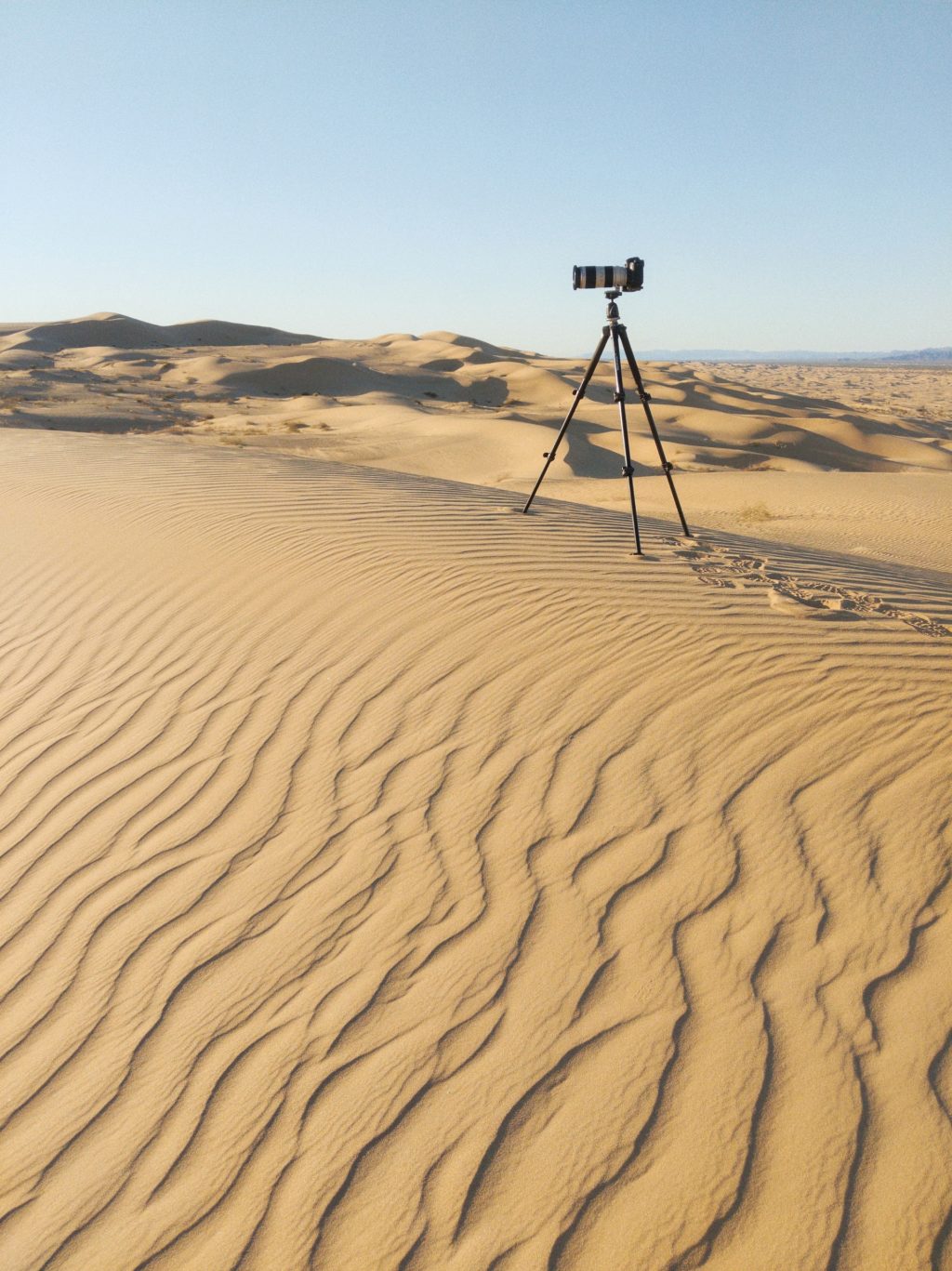
Obviously, it will need to be sturdy enough to hold your camera steady in windy weather. Besides you may also be shooting in locations where the landscape is rocky, muddy, sandy and inside water features. So you need a tripod that is sturdy and one that will withstand the weather and environmental conditions.
You will also not want any movement of your camera if you are taking long exposure landscape photos. In general terms, that means you will want a heavier tripod.
However…
You are going to need to carry your tripod with you so weight becomes an issue too. The lighter your tripod the easier it is to carry, but then you’re stuck with tripods that may not be suitable for the weather conditions where you are out in the field.
You will have to make a compromise call on the best tripod for your specific circumstance. If you are often out in windy weather you might be stuck with heavy tripods as your only real option. If you shoot in calm weather most often, then you might be able to get away with a light model.
The best choice of tripods would be the Carbon tripods that are sturdy and lightweight over aluminium tripods that are quite heavy. For extra sturdiness some tripods allow you to hang a bag of sand. Besides this, you will also need a tripod with a good head. A tripod with a ball head will be very flexible and versatile.
Make decisions based on what suits your style of photography and what you are looking for in a tripod. Manufacturers like Manfrotto, Gitzo, Really Right Stuff and many others do carbon fiber tripods that are sturdy and affordable. Besides, most tripods these days fold down to very short lengths that they are easy to carry strapped to your backpack.
When it comes to tripod heads, most photographers prefer to buy a separate head for their tripod because of the sturdiness and flexibility in using different types of heads for different scenarios and it also comes down to personal preferences. There are various types of heads from ball heads (mostly preferred for landscapes), to pan and tilt heads to choose from. So a better option if you are a professional would be to buy the tripod and head separately.
L-plates can help to quickly switch between landscape and portrait orientations on a tripod. Also, having a set of tripod feet will help keep the tripod from sinking into mud, wet sand, snow, etc.
4. The Best Filters
At some point in your landscape photography gear crusade, you are going to want to investigate using filters on the front of your lens. The secret sauce of a lot of landscape images are the filters that the photographer chose to enhance the light conditions. There are three main types of filters that landscape photographers use which include,
- An ND filter,
- An ND grad filter and
- A polarising filter (though other filters are certainly not out of the question).
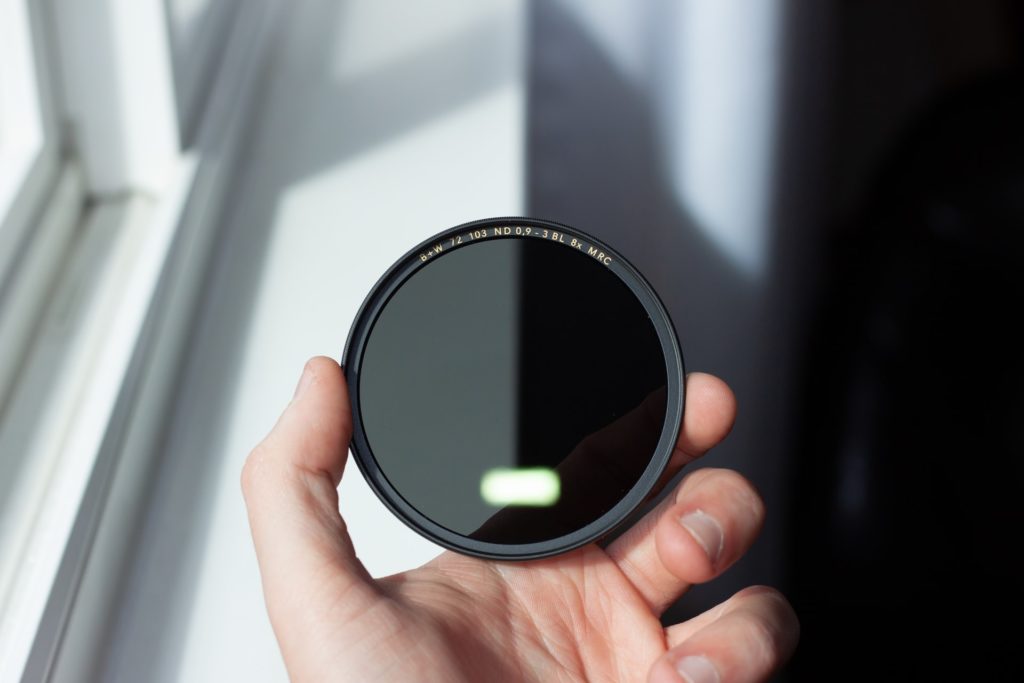
ND Filters
Landscapes often benefit from the use of ND filters (Neutral Density Filters) to control the amount of light hitting the sensor. The purpose of ND filters is to limit the light entering the camera so as to allow the photographer to have a longer shutter speed (obviously you will often need a tripod for this). This gives you access to some cool effects such as long exposures or simply allows you to control a potentially overexposed image especially if you are shooting when the light is too bright in the scene.
Among the best ND filters are Lee, Nisi or Hoya, but you can often get very respectable results from cheaper alternatives too. When investing in expensive filter systems, it is better to go for the square system of filters so that they can be used on a range of lenses and you do not have to invest separately for each lens. Don’t be afraid to experiment with other types of ND filters that you might find online.
When it comes to the number of stops, if you simply want to cut some amount of light from the scene falling on the sensor, you will only need a 2-sop or 4-stop ND filter. For long exposures, you will need a 10-stop ND filter to get silky smooth textures.
Graduated ND Filters
The Graduated ND Filter is often the big secret of those landscape photographers that you love. This variation on ND filters is designed to limit exposure on a portion of the image (usually the sky) while leaving the other portion free to be exposed normally. This way you get balanced light across the scene and it often ends up saturating the sky and can produce some stunning images.
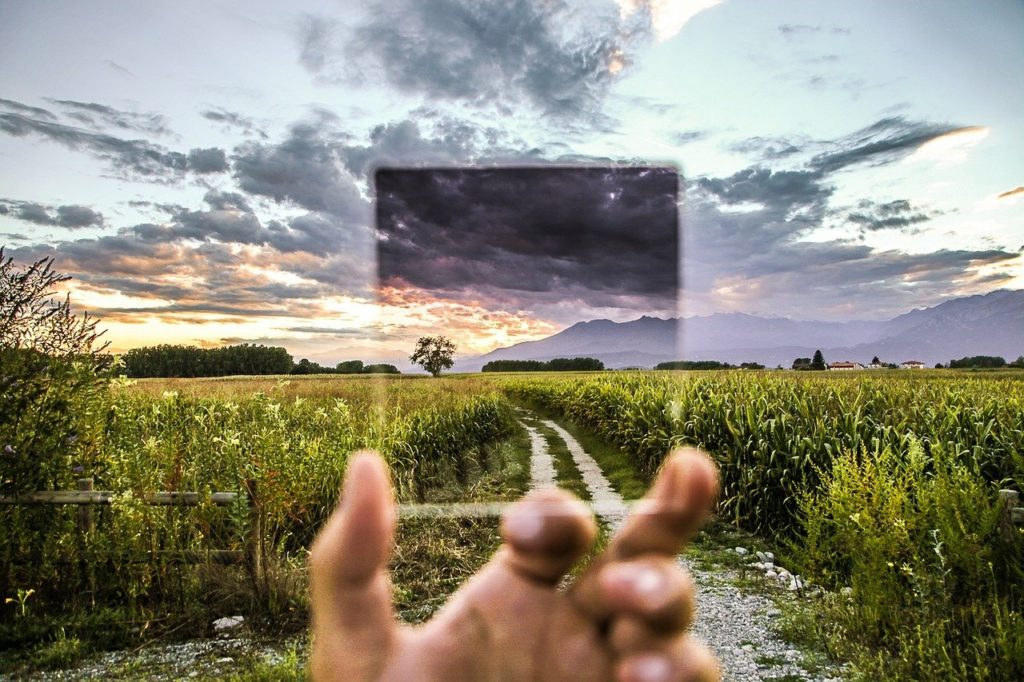
Circular Polarisers
Depending on the light in the scene, there are times when you want to avoid reflection on the surface of water, rocks, leaves, etc. A circular polarising filter can help reduce or eliminate these reflections, avoid shiny spots in the frame and help reveal details of shiny surfaces.
Also depending on the time of the say, the sky can sometimes have a washed out look because of the sun’s brightness. A circular polarising filter can help bring out the colours and in general make the colours in the scene look rich. Make sure to have the sun at 90 degrees for best results when using a polarising filter.
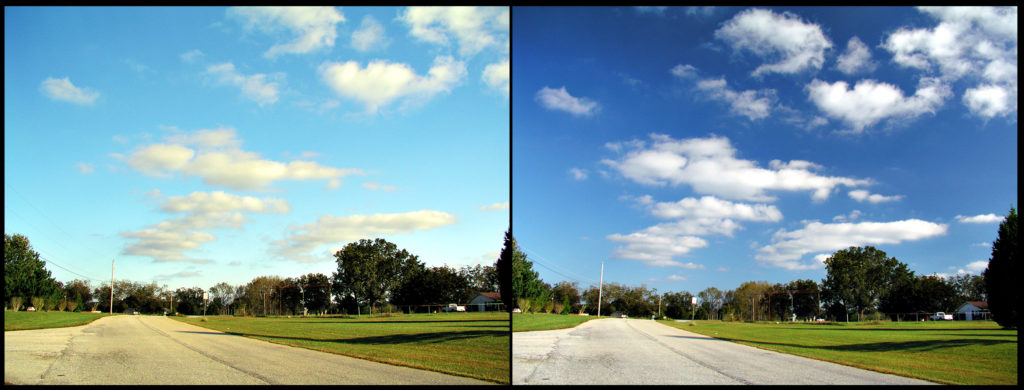
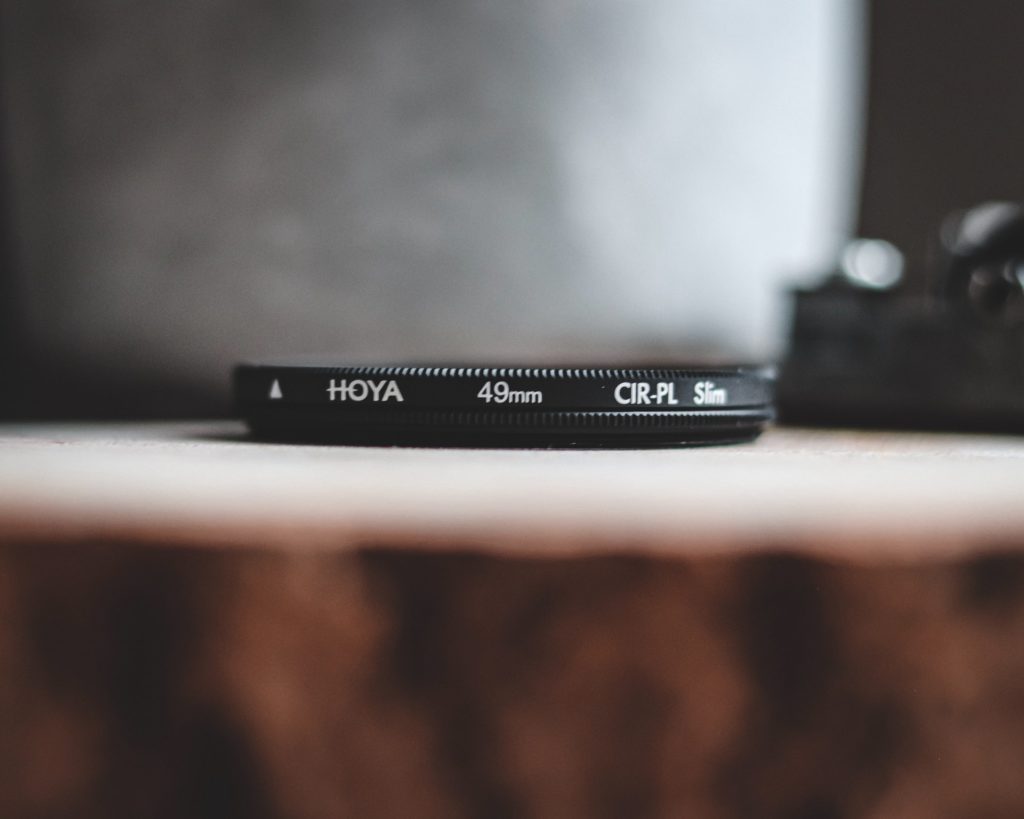
For more information on the best filters for landscape photography, take a look at our free guide on the topic of the best filters for landscape photography.
5. The Best Backpack for Landscape
For carrying your expensive equipment for landscape photography, a solid backpack is essential. Camera bags come in all sizes, quality and prices and you need to choose one that is rigid and will suit the gear that you usually carry. You will need a bag that can hold two lenses at least (a wide and telephoto), a camera body, a tripod, other accessories, some water.
Manufacturers like Lowepro, Peak Design, Manfrotto, Caselogic and others manufacture some excellent bags for all photographers. It is good to choose ones that are waterproof and come with raincovers, so you can protect your bag and gear from the extreme weather. Besides, there are bags that come with bases that are solid and waterproof, so they can be used without any fear near water features.
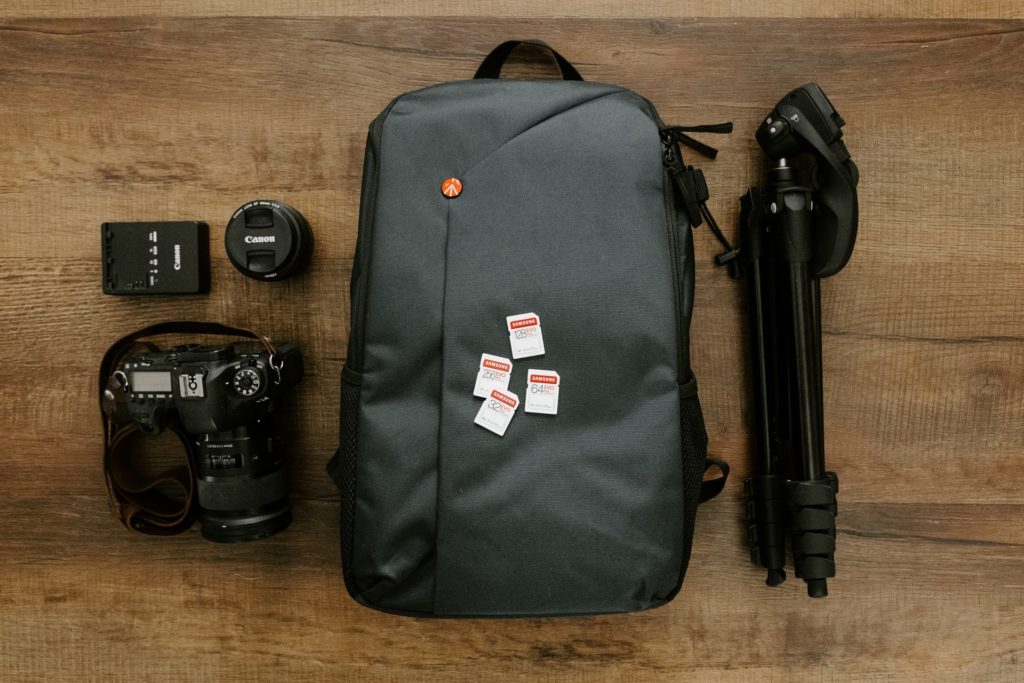
It is worth investing some money in a good camera backpack as they can be durable and serve the purpose for a long time.
6. Photo Editing Software
All genres of photography including landscapes require some amount of post processing before they can be presented or shared. By post processing, you are making your images look more professional and in order to do that, you will need to shoot raw. Each photographer has a different workflow and based on that they will be looking for different tools in their post processing software.
Post-process your landscape images using one of the best photo editing software of your choice. Learn the program and make use of the features that will help bring out the best in your landscape shots.
7. Lightroom Presets For Landscape Photos
Alternatively, if you are someone who uses Adobe Lightroom for post processing your landscape images, you can use readily available presets to instantly bring out the details from your landscape images with a single click. We have our own Landscape Magic Toolkit that will instantly make your landscape photographs pop! You can experiment with them and customise them further to suit your style and visualisation.
Other Landscape Photography Gear And Accessories
Besides the above gear and accessories, landscape photographers will benefit from a few other important accessories that will help to capture neat and sharp images. Here are some of the most important ones.
8. Rain Cover
This is a very important accessory for landscape photographers even if your camera and lens are weather sealed. Look for a good quality cover that will withstand tough weather and will stay good for a long time.
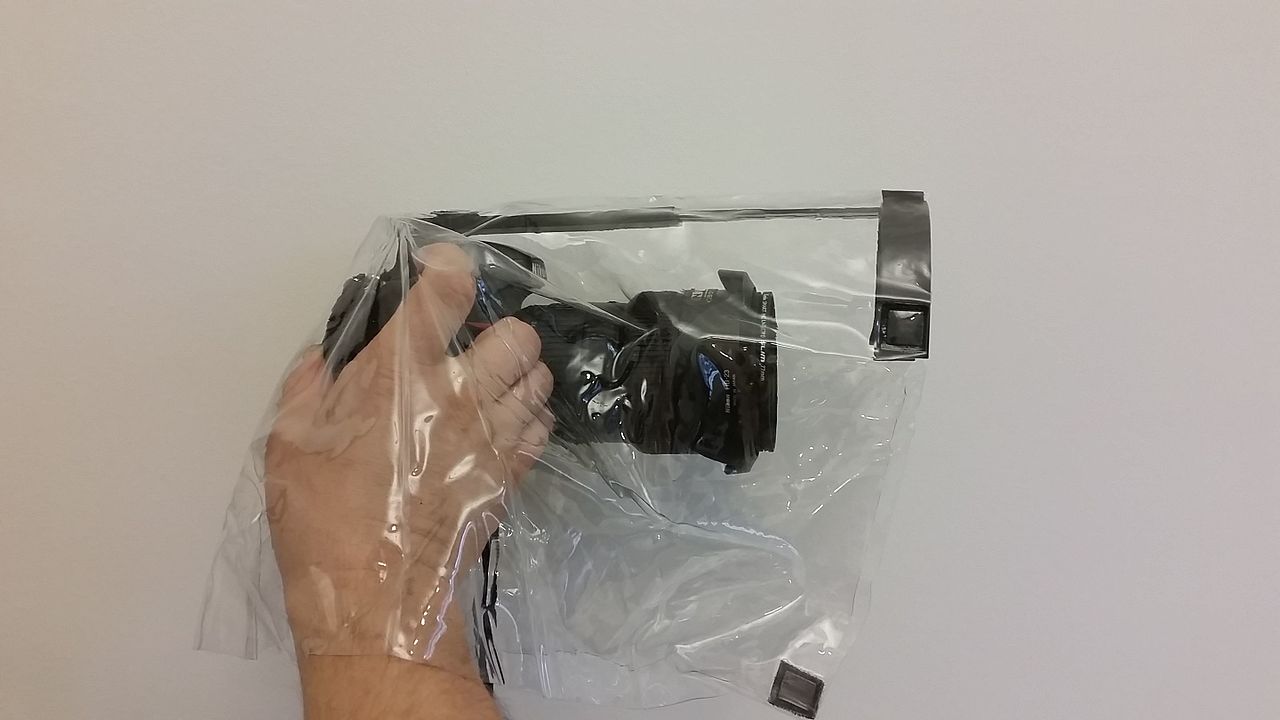
9. Spirit Level
Some tripods come with a spirit level, even cameras, with an inbuilt one, but it is always good to check if your camera is perfectly horizontal by using a spirit level on top of your camera so you know that the final setup is levelled. These accessories are very cheap and can fit easily on to the hot-shoe area of the camera.
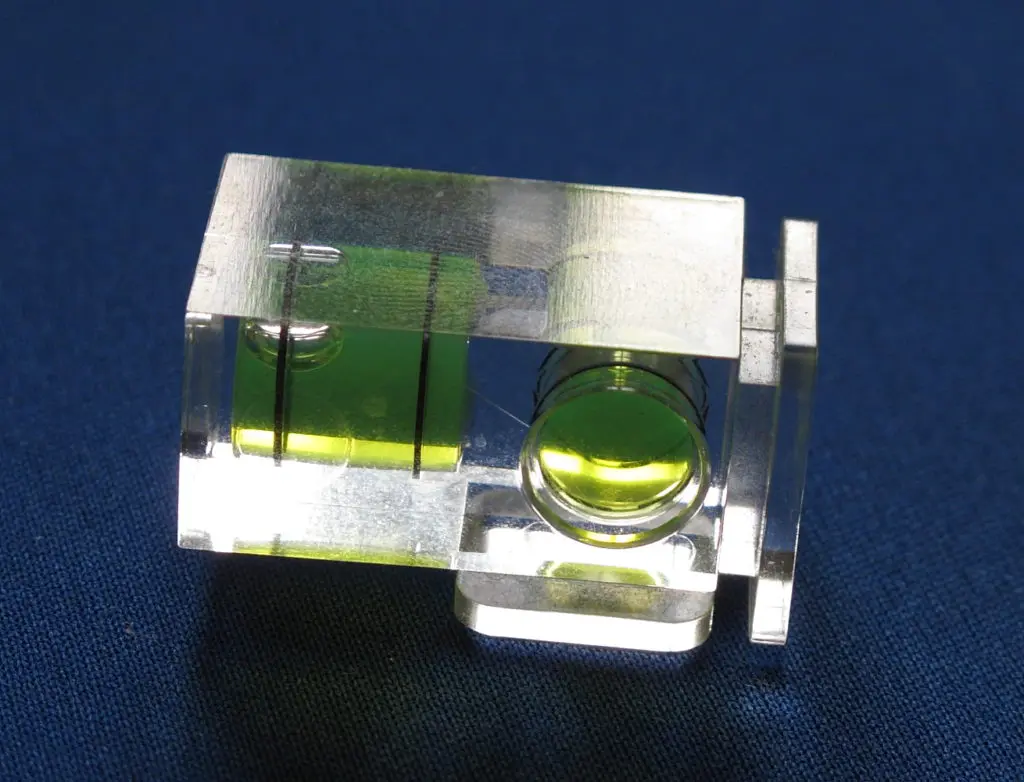
10. Cable Release or Remote Release
In order to avoid camera shake and save time, it is good to have a cable release or a remote release for your camera. Without this, manually pressing the shutter can introduce some camera shake and also using the in-built timer can be frustrating at times. With a shutter release, you can be ready to get the shot at the right time.
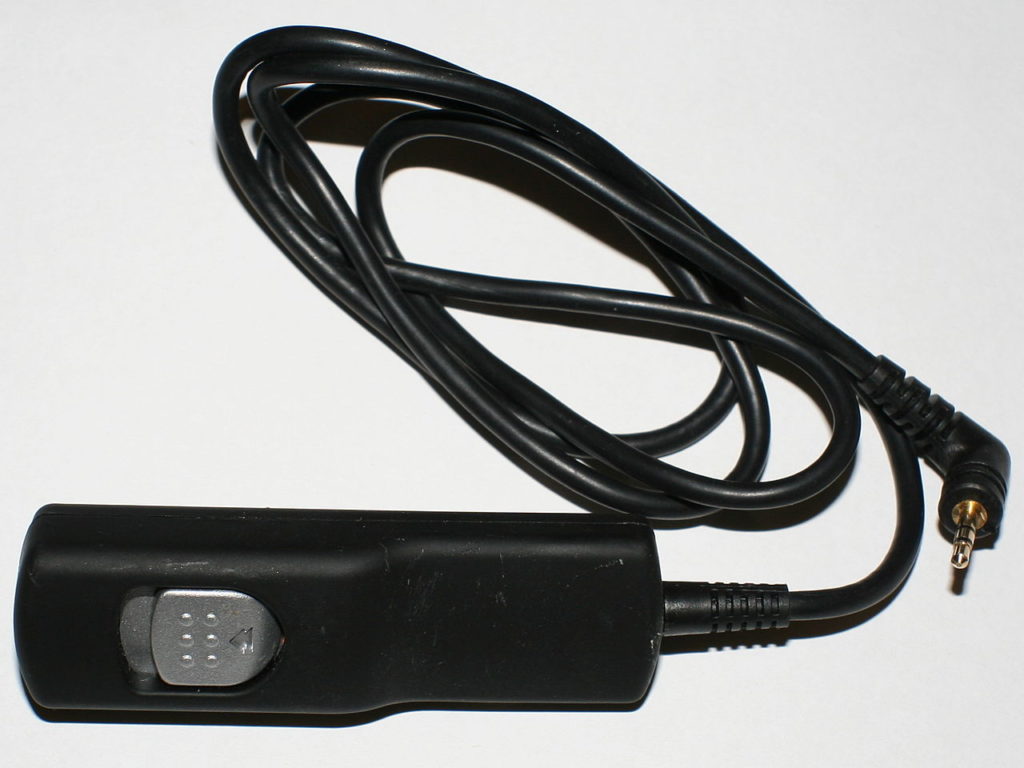
Some cameras even have an app that will let photographers control the camera using apps on their phone. Since you will be carrying your smartphone with you this can be a great choice for shutter release, but check well in advance how the performance of these apps are and if they drain the phone battery quickly.
11. Fast Memory Cards
Have one or more spare formatted memory cards in hand. It is good to have cards that have faster rear-write capability and importantly ones that are compatible with your camera. This information can be found on the card manufacturer’s website for each product.
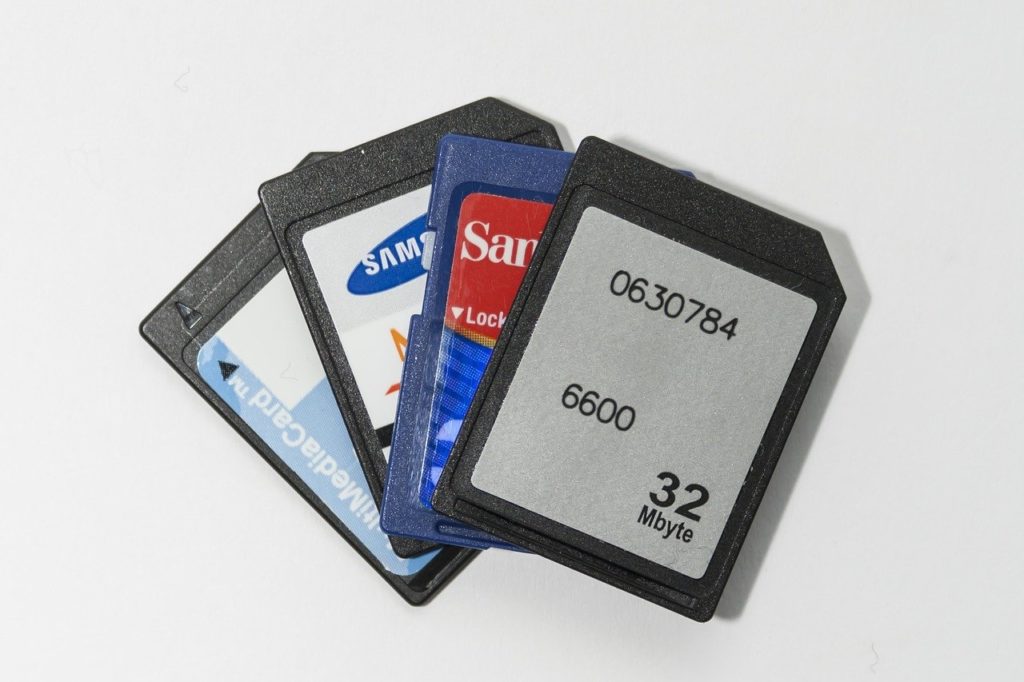
12. Extra Batteries
Always remember to carry a couple of spare fully charged batteries when out for landscape photography. Long exposures can drain the battery faster and this will also save you from cold or extremely hot situations when the battery drains faster than usual.
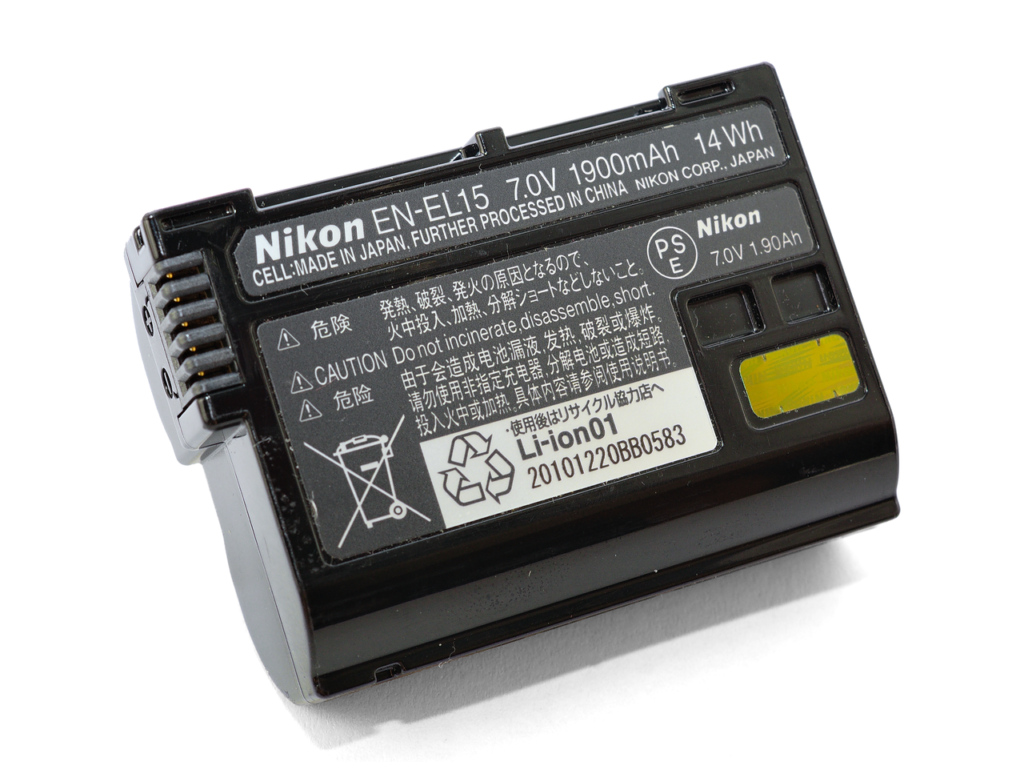
13. Light Meter
This may sound strange when digital cameras come with in-built light meters, but there are times when a handheld light meter will give you precise readings compared to the camera’s one. If this is something that you are interested in, it will be a great choice to have in your camera bag.
14. Head Lamp
If you are shooting during the golden hours and blue hours, chances are that you will be going to the location in darkness if it is morning and will be leaving the location when dark if it is evening. So it is always advisable to have a headlamp so you can find your way around in the dark.
Besides the above, dress appropriately for the weather, have some water or warm drinks to keep yourself hydrated, hand warmers if the weather is cold and bug repellants so you can focus on your photography peacefully.
If you are going to be hiking for a landscape shot or more, then a good pair of shoes or boots is very important. You need to feel comfortable in them and have energy for the shoot and not have extremely painful legs and feet during the shoot. A good GPS system can be also very helpful if you will be out in remote areas with no network coverage.
Another important accessory to take with you would be the powerbank which can be a life saver in most situations, especially when you want to charge your smartphone.
15. Apps For Landscape Photographers
Landscape photographers can benefit from using a few apps to help them plan a landscape photography shoot. There are many apps that are designed for this purpose and here are some apps that we personally think are some of the best out there in terms of planning.
The Photographer’s Ephemeris
This app helps to plan your landscape and outdoor photography in natural light. This is map-based and will allow you to plan your shoot with perfection. You will be clearly able to see how light falls on the landscape, how and where shadows are cast, etc., thereby helping you to plant the kind of landscape shot you are looking for in a location.
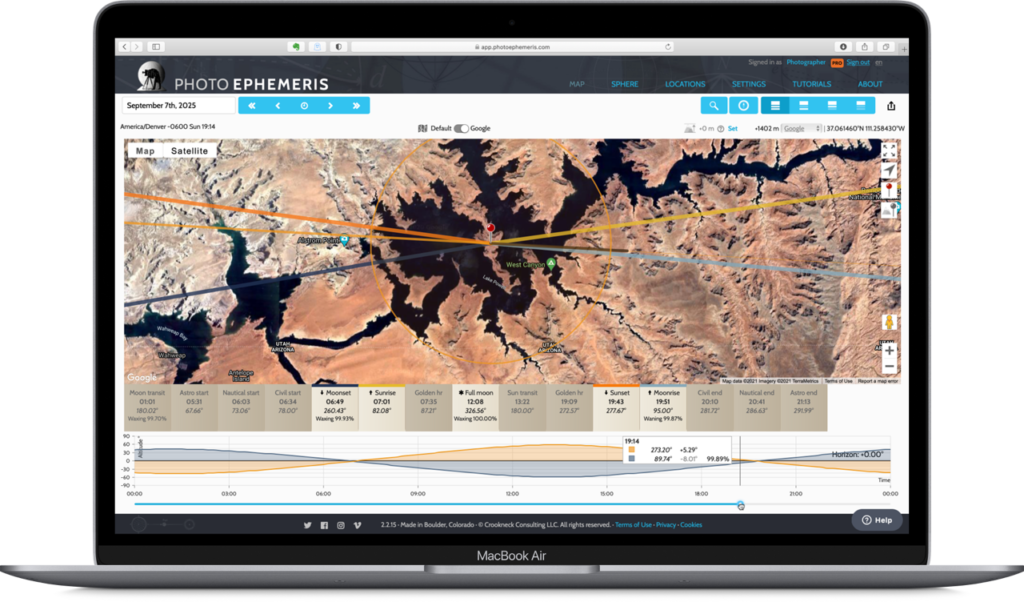
This app is free for desktop and paid for iOS.
Photopills
Photopills is a smartphone app that, very similar to the photographer’s ephemeris, allows you to plant the location including sun and moon positions in the scene at a given time. Besides these, it also helps you to calculate exposures, depth of field, hyperfocal distance, time-lapse shots, golden and blue hours and many more. This paid app is available for both iOS and Android.
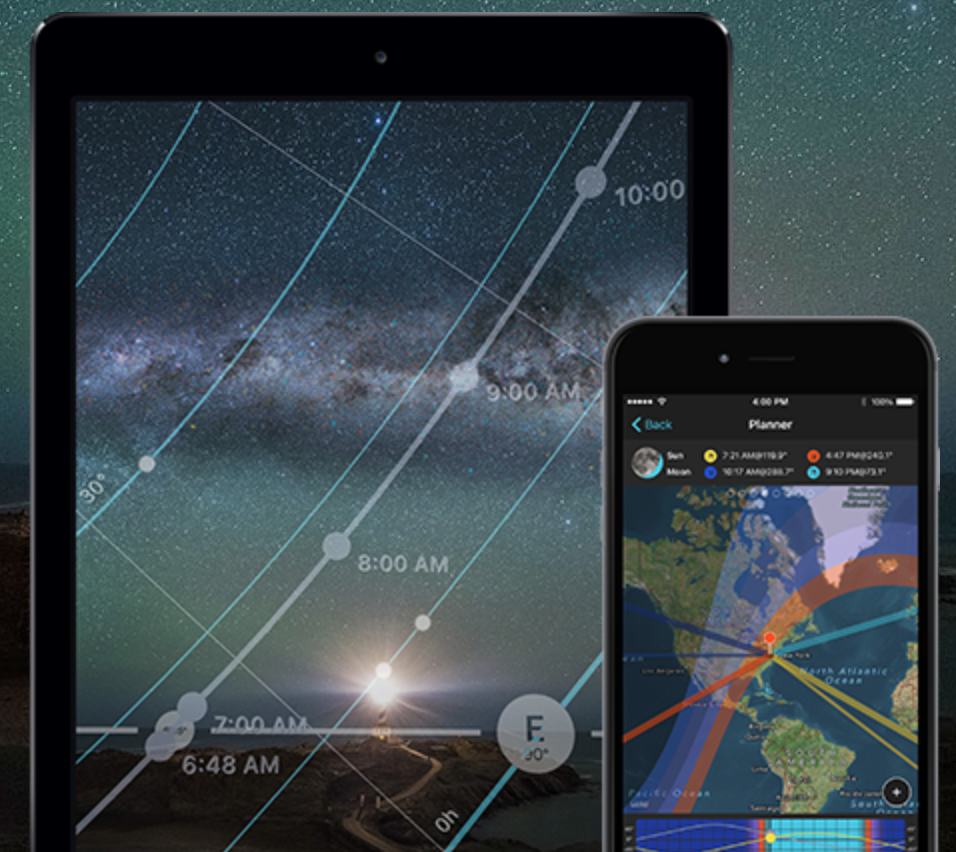
Weather Apps:
Besides the above apps that can help with planning, it is better to make use of weather apps to keep an eye on the weather for days that you are planning to shoot. We do not want to specify particular apps here because, these apps vary with regions and countries and one needs to research to find the app that is almost close to accurate for their geographical location.
Conclusion:
Gear and accessories for landscape photography may not end with this list because most professional landscape photographers have specific accessories to suit their work needs. You do not need to stick to this list, but look at what’s out there and pick up stuff that suit your kind of photography and budget.
What are other gear and accessories that you carry in your bag for landscape photography? Let us know in the comments sections below and check out a few more unconventional landscape gear ideas.!


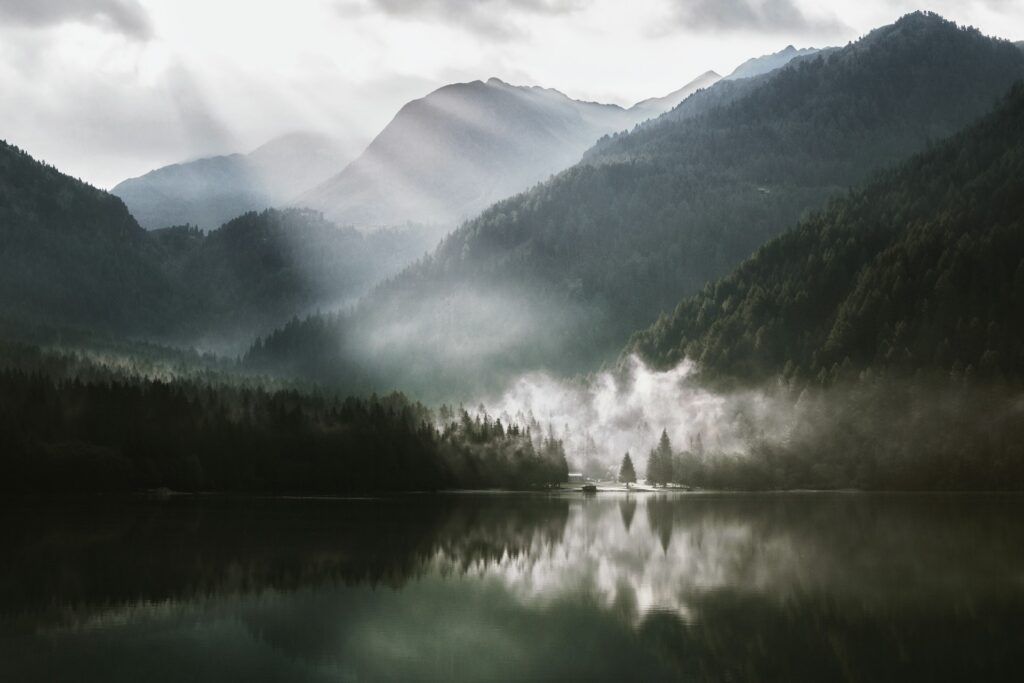


2 Comments
Well done. Mostly I am an 11-16mm landscape guy. Experiments with the telephoto every now and then. Love the whole landscape with all the tinges. Well written. Thanks.
That’s a great range for landscape photography. Thank you Gary 🙂